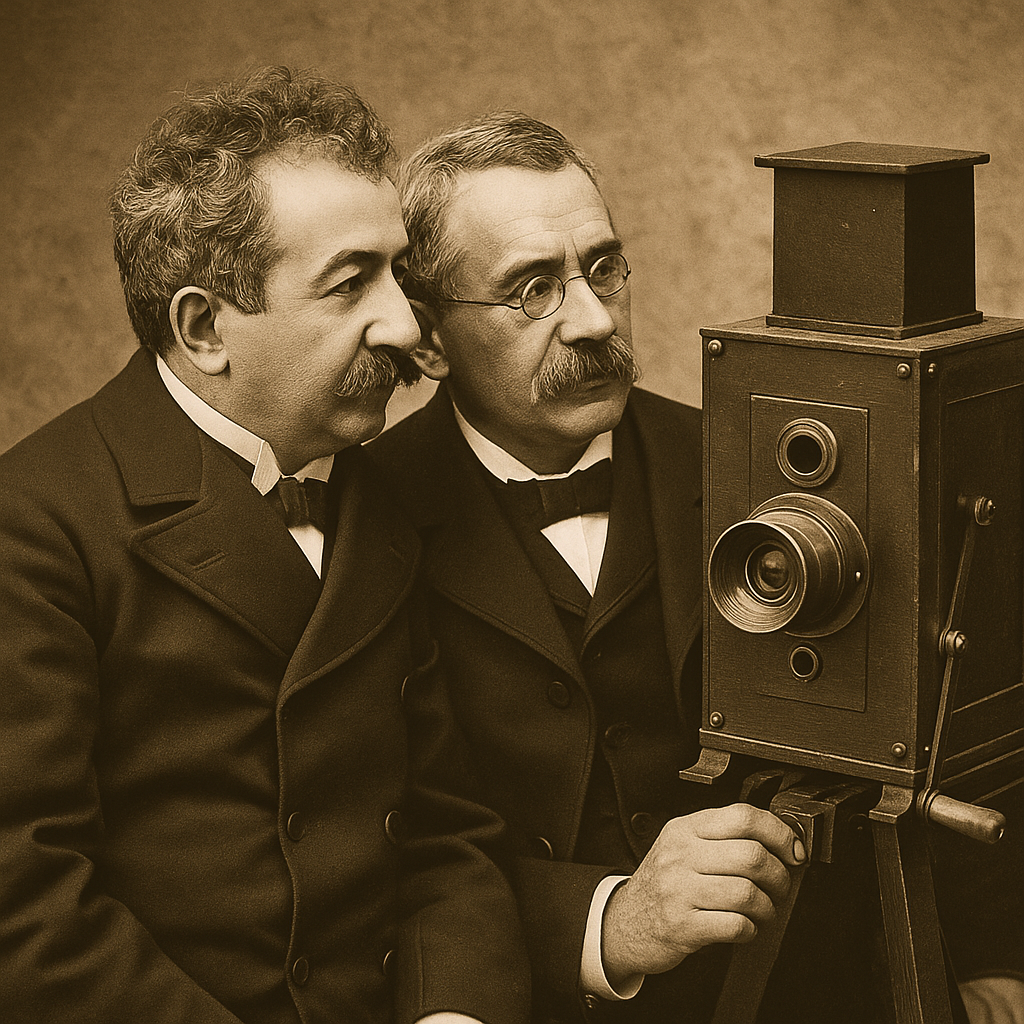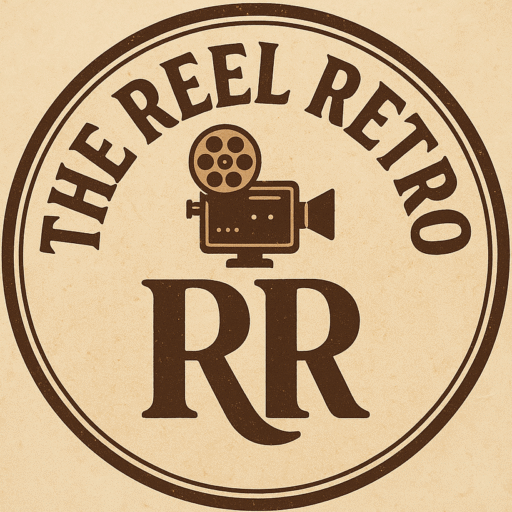Cinema has always been more than just entertainment for me. It’s a world where stories come to life, and emotions are painted on the screen for all to witness. Growing up, I was captivated by how films could transport you to a different world, and that fascination led me to explore the roots of cinema itself. In this post, we’ll look at the very first flickers of the cinematic magic — the pioneers who made it possible. Now, let us explore how cinema began.
Introduction
Have you ever wondered how the magic of movies first came alive? Before the flashing billboards, Oscar red carpets, and fanfare, cinema was just a flicker of light in a dark room — a marvel no one had imagined. In this post, let’s rewind the reel to the very first frame: the birth of cinema.
Life Before the Big Screen
In the late 1800s, people were already captivated by storytelling — through theatre, books, and photography. But moving pictures? That was science fiction. Until a few visionaries decided to make images move.
One of the earliest inventions was the Zoetrope, a spinning cylinder with drawings inside. When spun, it gave the illusion of motion. This laid the foundation for what would eventually become film as we know it.
Enter the Lumière Brothers
In 1895, Auguste and Louis Lumière unveiled something extraordinary: the Cinématographe. Unlike earlier motion devices, it could record, develop, and project film — all in one compact machine.

That same year, in a small Parisian theatre, they screened a short film called “Workers Leaving the Lumière Factory.” Audiences were stunned. People reportedly jumped out of their seats when a train came toward the camera in another film. The era of cinema had officially begun.
“As I reflect on the Lumière Brothers’ groundbreaking invention, I can’t help but imagine the thrill of that first audience seeing moving images for the first time. It’s amazing to think how far we’ve come since then. From those simple black-and-white frames to the vibrant, CGI-filled movies we watch today, the magic of cinema has never lost its charm.”
How the World Responded
Cinema spread like wildfire. From Europe to America, and soon to India, filmmakers began experimenting with this new visual language. In India, Dadasaheb Phalke watched a silent film and was inspired to make Raja Harishchandra in 1913 — India’s first full-length feature film.
Across the Atlantic, the U.S. saw a golden opportunity. Silent movies exploded in popularity, leading to the creation of Hollywood as the world’s cinematic capital.
More Than Just Entertainment
In its early days, cinema wasn’t just entertainment — it was a technological wonder, a cultural disruptor, and a global language. It showed people worlds they’d never seen, emotions they’d never expressed, and stories they’d never imagined.
Why It Still Matters
Understanding how cinema began gives us a deeper appreciation of what it is today. Every frame, every cut, every visual spectacle we see on-screen is rooted in a history of experiments, dreams, and passion.
“When I think about the influence of Hollywood on global cinema, one film stands out for me — The Godfather. The way it combines storytelling, character development, and unforgettable performances is timeless. For Bollywood, however, I look back to films like Sholay or Mughal-e-Azam, which have etched themselves into the fabric of our cultural identity. These films, just like the pioneers of early cinema, continue to shape our understanding of what makes a great story.”
At The Reel Retro, we’ll keep exploring how this art form grew, evolved, and transformed both Hollywood and Bollywood.
Final Cut
So next time you’re lost in a film’s story or blown away by a performance, remember it all started with shadows on a wall. And those shadows still dance today.
Stay tuned as we journey through decades of cinematic legends, lost gems, and cultural milestones — right here at The Reel Retro.
I’m so excited to continue exploring the golden days of cinema with you. Stay tuned for upcoming posts where we’ll dive deeper into the silent film era, the rise of Bollywood, and much more. If you’re a fellow movie lover or simply curious about the origins of the stories we love today, I invite you to join the conversation here at The Reel Retro.


